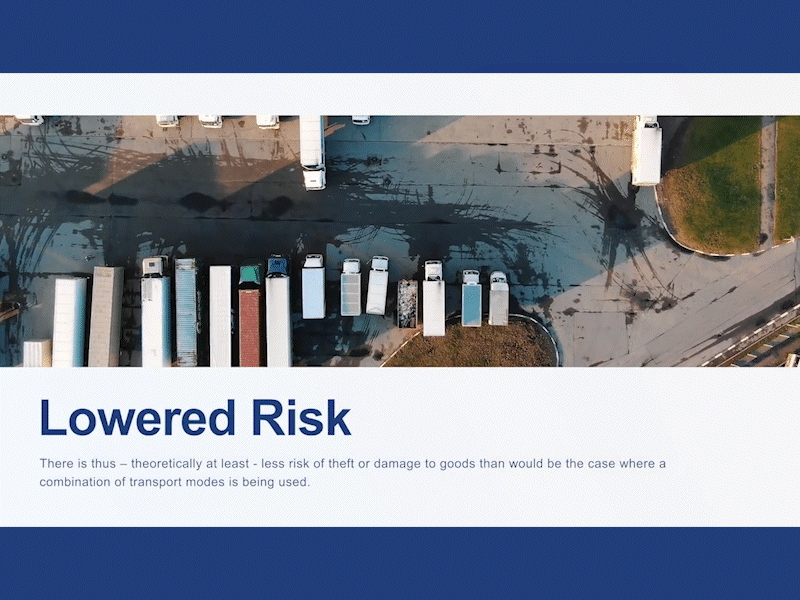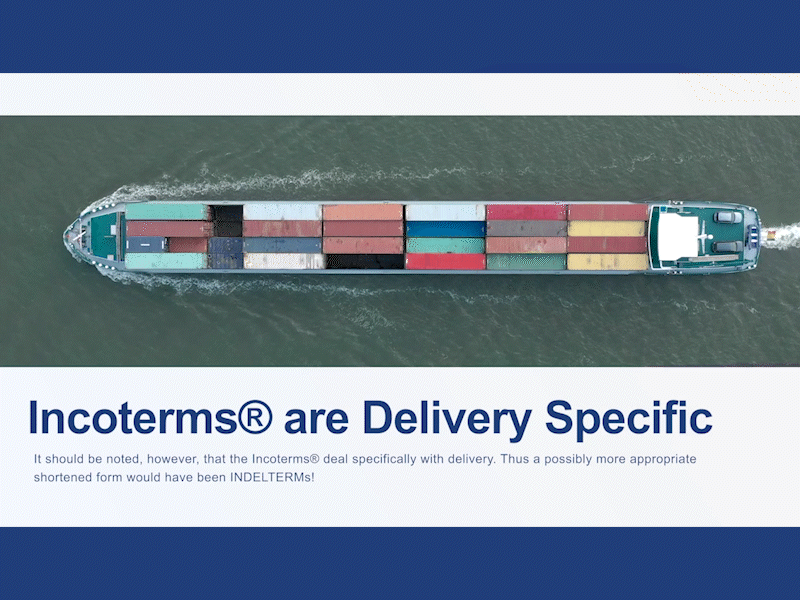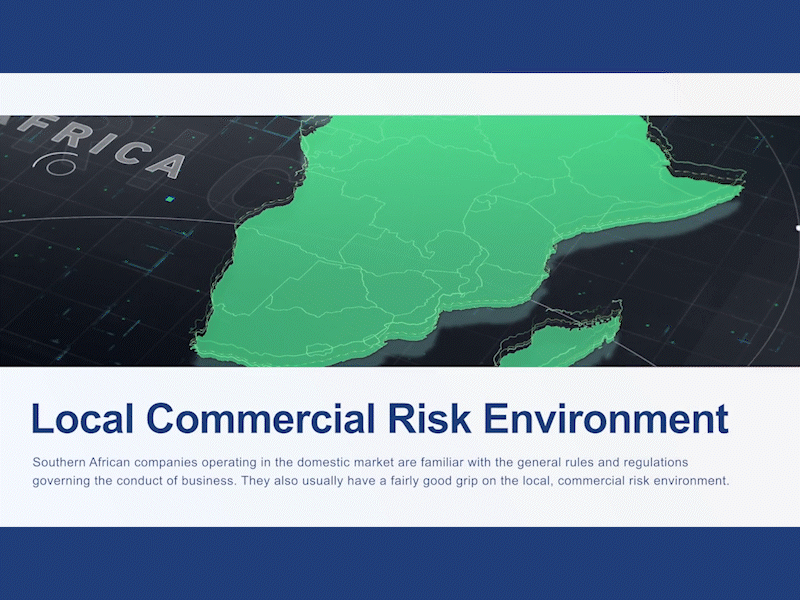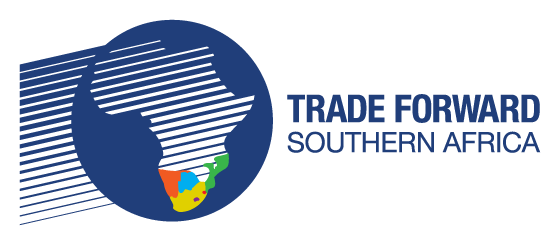Course 1: Export Foundation Training
Module 1: Understanding the Global Trade Environment
Module Rating
Module 1 of 7
~45 minutes
7 Topics
Multiple Assessments
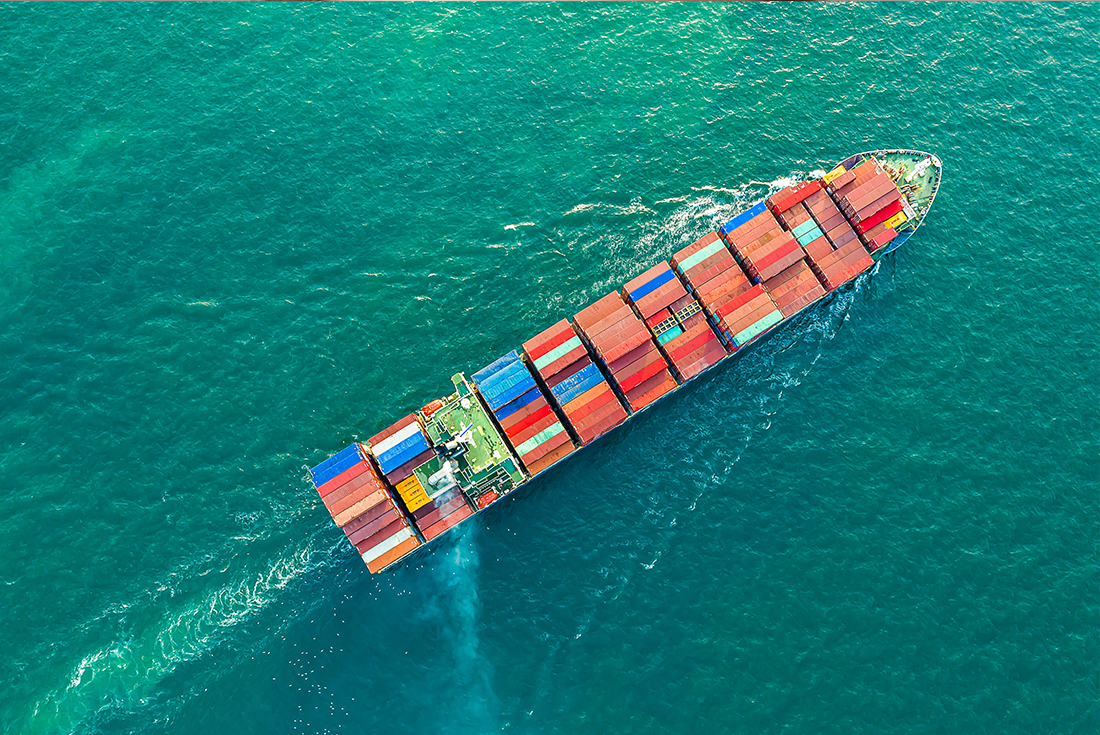
This is the first free module of a comprehensive course covering the foundations of export training. In this module we will be exploring the categories of country development and their relevance to International Trade. We will be covering why countries trade with each other and what goods get traded. We also present a case for free trade, barriers to trade and why they matter. This module also covers the importance and impact of specific global bodies on world trade, which are essential avenues for successful exports. To round off the module we will break down the changing exports landscape through the use of regional trading blocs and relevant trade agreements. Click the icon below to get started on this free module.
Who is this Module for?
Businesses & Organisations
Looking to potentially expand their products into foreign markets
Governmental Organisations
That help facilitate or consult businesses on international trade
Entrepreneurs & Individuals
looking to start trading in foreign markets
Trade Consultants
Looking to stay up-to-date with most current export information
Individuals & Students
Who want to learn more about the export landscape, particularly in the Southern African region
This module serves as a foundational starting point for any individual or business looking to break into international trade. It starts with the most basic of questions, “why do countries trade in the first place? This is an important starting point as it sets the stage for the next topic which delves into the different categories of country development and how that influences international trade. Find out what determines the categories of country development, potential challenges and the types of goods typically traded by each category. We also look at some examples of organisations who have ascended their countries development category by building up new industries.
The next topic covers one of the most controversial points in export which is free trade, barriers to trade and why they exist. We break down competitiveness and protectionism, highlighting their relevance in modern international trade. Protectionism plays a particularly important role in the empowerment of local industries, who may be at risk from trade internationally. We also highlight the significance of tariffs and non-tariff barriers to trade which are implemented by key governmental organisations. By this point, you should have a good understanding of the basics of export trade, country development and potential barriers to trade. This forms the foundations of export and serves as a road map to international trade. From here we need further orientation which is the perfect time to explore the influence of global bodies on world trade. These are key organisations for essential export processes, documentation, legislation and consultation.
Having defined international trade, categories of country development and the various barriers to trade, our final topic for this module provides further context by highlighting the rise of bilateral and regional trade agreements. A topic that requires a great deal of historical context to fully understand. We also highlight organisations that played key roles throughout this process to provide further context. This features a breakdown of the types of trading blocs, trading bloc essentials and their role in trade internationally.
Understanding the export landscape can be a daunting challenge. For many the starting point is unclear and the way forward clouded by misinformation and dated sources. With this course, we break down and simplify the most basic and essential topics for international trade with the most up-to-date and relevant information. Presented in high-definition video, with each topic ending in assessment to ensure the lesson is properly retained.
This free module is part of a comprehensive course and is the most important source of information you need to understand the export landscape. An understanding that is essential to any growing business or industry where the potential for international trade is high. Completing this free module is the first major brick in your foundational knowledge of international trade and will form an essential part of your understanding of exports going forward. It is also the perfect segway into our next free module covering export readiness.
Topic 1: Why countries trade with each other
Topic 2: Categories of country development and how that affects international trade
Topic 3: Free trade, barriers to trade and why they exist
Topic 4: Influence of global bodies on world trade
Topic 5: The significance of bilateral and regional trade agreements
This is the first module in a series of seven to form a comprehensive course covering all the foundations of export training. Every course and subsequent module has been developed and curated by the International Trade Institute of Southern Africa and Trade Forward Southern Africa. The entire training course is free of charge and can be completed by individuals and organisations alike. This module and subsequent course lays an essential foundation for trade internationally. If you know anyone that would be interested, share this module with them using the link below. We would also love your feedback, so drop us a review once you have completed the module.
Export foundation training
In this module we will be exploring the categories of country development and their relevance to International Trade. We will be covering why countries trade with each other and what goods get traded. We also present a case for free trade, barriers to trade and why they matter. This module also covers the importance and impact of specific global bodies on world trade, which are essential avenues for successful exports. To round off the module we will break down the changing exports landscape through the use of regional trading blocs and relevant trade agreements.

